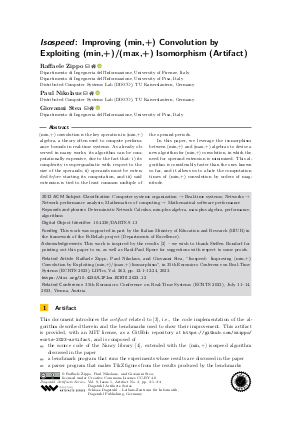DARTS.9.1.3.pdf
- Filesize: 0.56 MB
- 4 pages

 Creative Commons Attribution 4.0 International license
Creative Commons Attribution 4.0 International license



Feedback for Dagstuhl Publishing